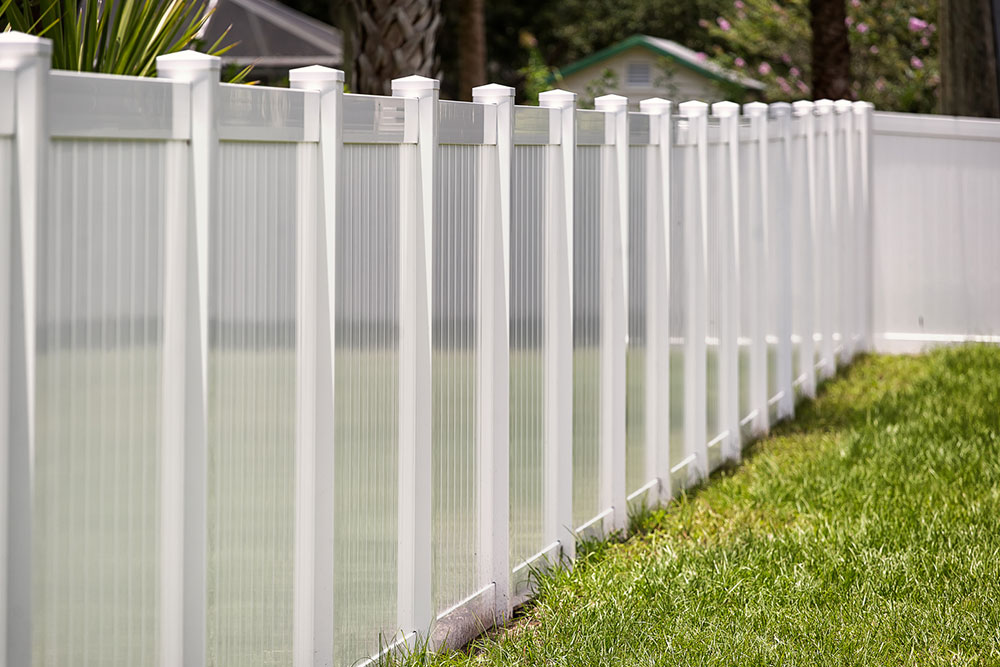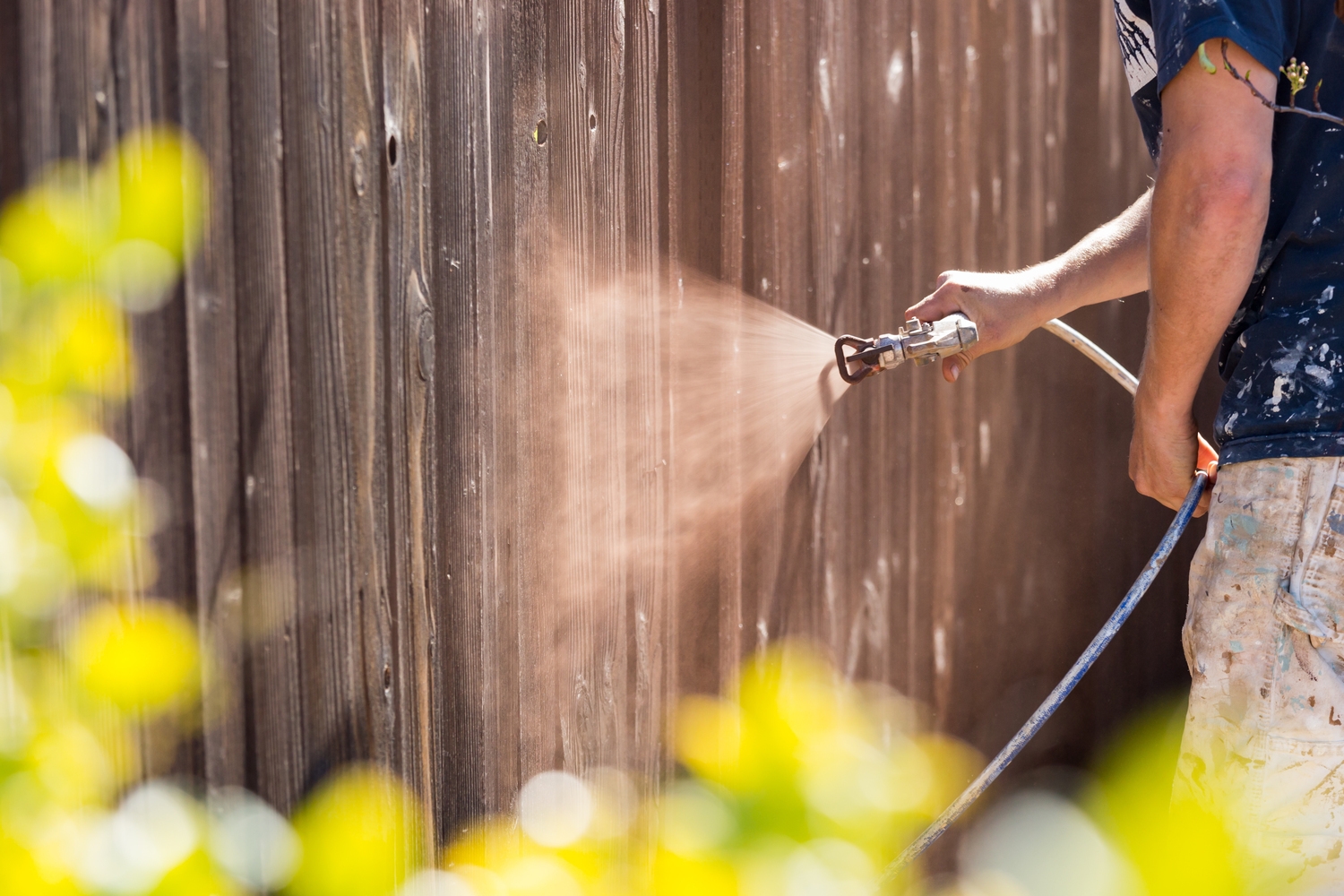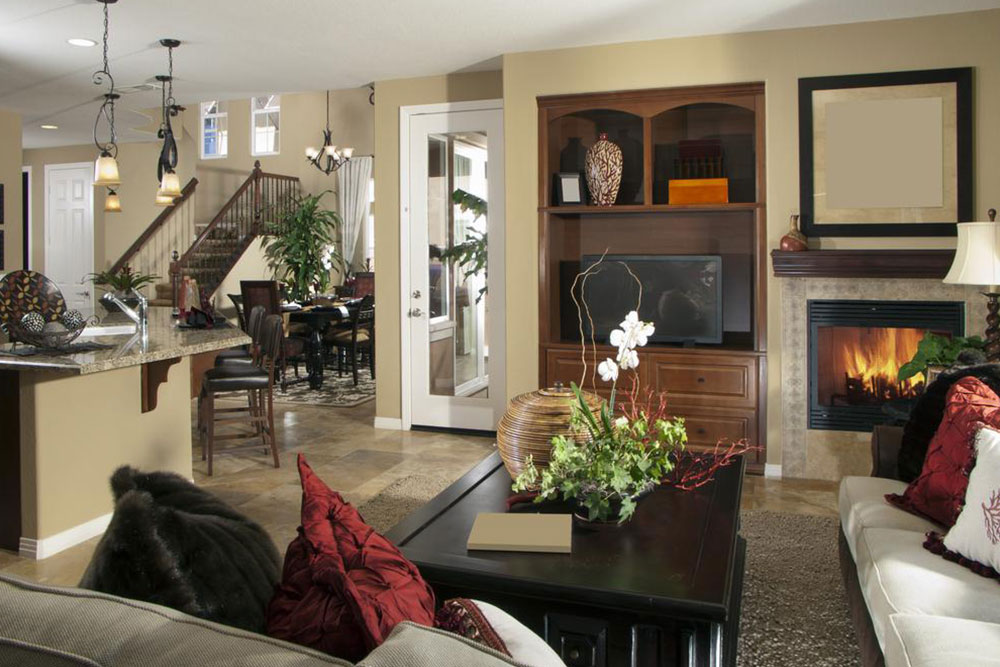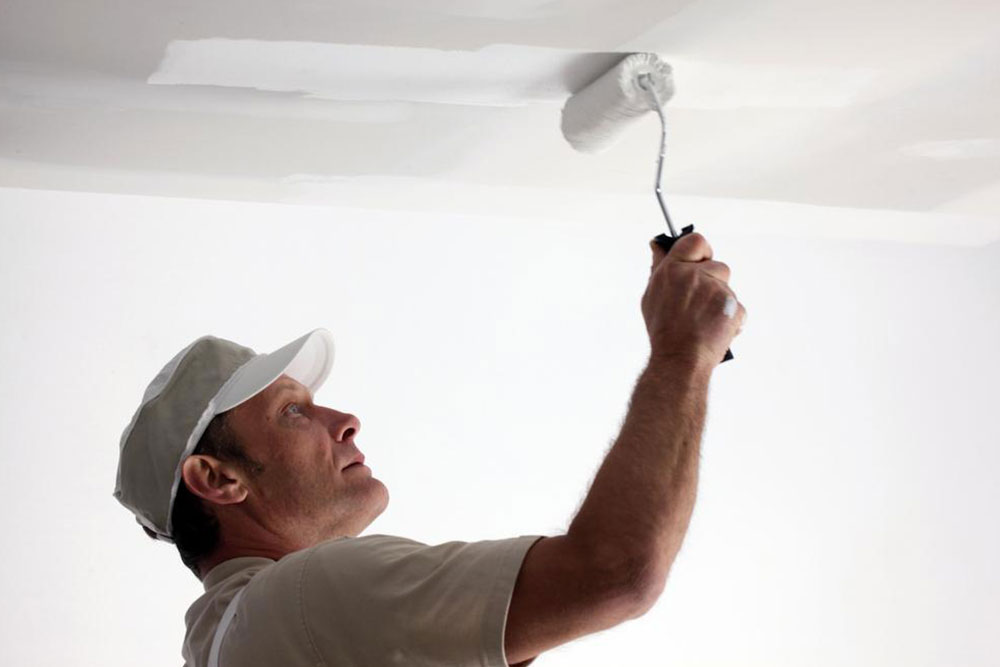Complete Guide to Fence Styles, Materials, and Cost Estimates for Homeowners
This comprehensive guide delves into various fence types, materials, and their associated costs. It provides homeowners with valuable insights into choosing the right fencing options based on budget, style, and property needs. The article covers price ranges, factors affecting costs, and tips for a successful fencing project, making it an essential resource for anyone planning to install or replace a fence around their home.

Comprehensive Guide to Fence Varieties, Materials, and Pricing for Your Property
Fences have long been an integral part of residential properties, serving vital functions such as enhancing security, ensuring privacy, defining property boundaries, and adding aesthetic appeal. Throughout history, fencing has evolved from simple wooden barriers to sophisticated design elements using a variety of modern materials. Choosing the right fence depends on multiple factors, including purpose, style, budget, and property layout. Typically, professional fence installation costs an average of around $3,300, but actual expenses can vary widely based on the type of fence, material, and project complexity. This detailed guide aims to help homeowners navigate fencing options, understand pricing, and make informed decisions for their fencing projects.
Understanding Different Fence Types and Their Cost Ranges
In today's market, privacy fences are among the most sought-after fencing options, offering solitude and security for residential properties. These fences are crafted from a variety of materials, each influencing the per-linear-foot cost and overall project budget. Let's explore the most common fence types, their features, and price ranges to help you select the best option for your needs.
Here are some popular fencing materials and their typical price ranges:
Pressure-treated wood: $13-$18 per linear foot
Cedar wood: $15-$26 per linear foot
Vinyl: $19-$22 per linear foot
Composite: $24-$32 per linear foot
Wood fences are among the top choices for homeowners, thanks to their natural look and versatility. A typical 164-foot wooden fence project can cost anywhere from $2,800 to $4,300, depending on design complexity and wood type. Common styles include shadow box, lattice, trellis, post and rail, and classic picket fences, each bringing unique aesthetic qualities and levels of privacy.
For those prioritizing low maintenance, composite fences are an excellent option. They are available in various colors, resistant to weathering, and require minimal upkeep. The cost for composite fencing ranges from approximately $24 to $37 per linear foot, translating to around $2,400 to $5,000 for a standard 164-foot section.
Glass fences are ideal for homeowners wanting to maximize views around pools or landscaped gardens. These fences offer a sleek, modern appearance and are perfect for highlighting scenic landscapes. Prices typically range from $72 to $130 per linear foot, making them some of the most expensive fencing options available.
Vinyl fencing combines durability with easy maintenance and is available in a broad spectrum of styles and colors. Costing roughly $19 to $24 per linear foot, vinyl fences are popular due to their long-lasting properties and low upkeep needs.
Aluminum fences are favored in commercial, institutional, and modern residential settings. They are lightweight, resistant to rust, and easy to install. Their price point is approximately $22 to $32 per linear foot, making them a versatile and attractive option for various properties.
Several key factors influence the total fencing cost, including:
Material costs: The choice of material and fencing style significantly impacts the initial investment.
Property size and perimeter: Larger lots require more fencing material, raising overall costs.
Fence height: Standard fences are typically 6 feet tall. Taller fences, such as 8 feet, can increase costs by about 25-35%, while shorter fences, like 4 feet, can reduce expenses similarly.
Labor and installation fees: Costs depend on fence complexity, site accessibility, and whether old fencing needs removal or site prep.
Additional features: Gates, lighting, and decorative elements add to overall expenses. An entry gate, for instance, can cost between $170 and $1,200.
Topography: Uneven or sloped land may require customized installation, increasing labor and material costs.
Permitting: Some jurisdictions need permits for fencing projects, costing from $20 to $400, depending on local regulations.
Location: Urban or high-cost regions may have increased labor and material costs compared to rural areas.
To ensure an accurate estimate and smooth project execution, homeowners should consider these factors carefully. Using online cost calculators or consulting professional fencing contractors can help in planning and budgeting effectively.




